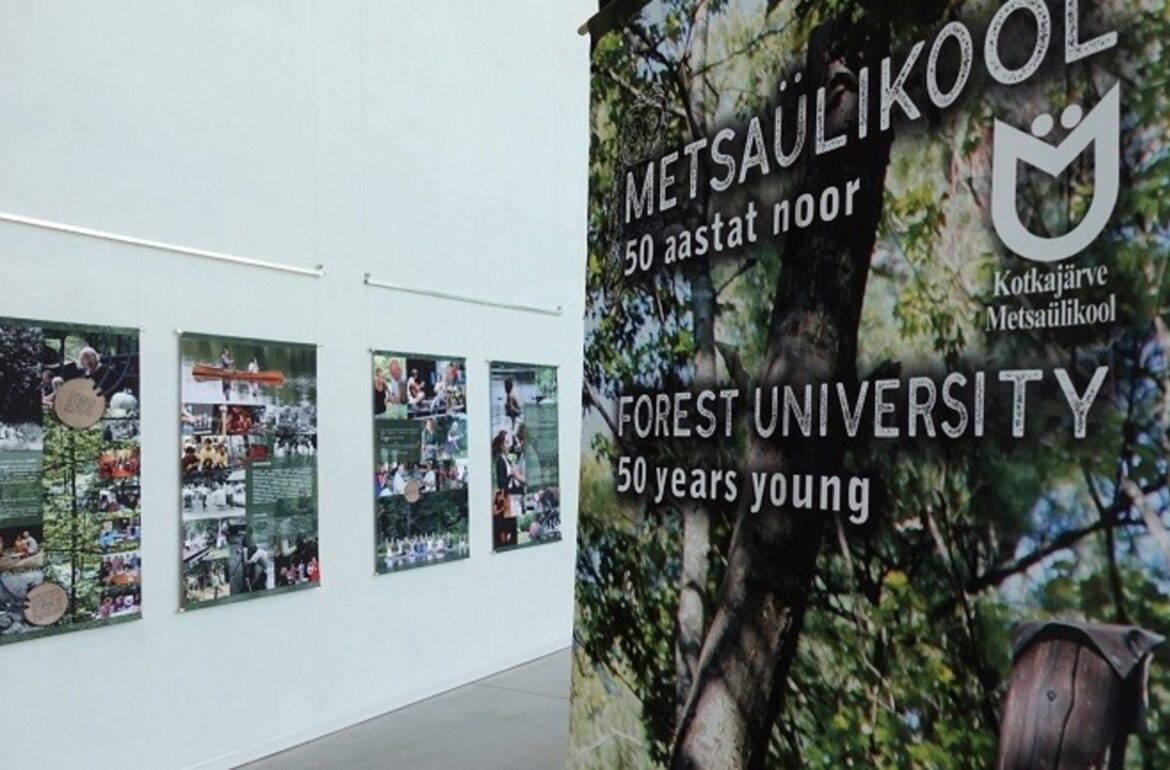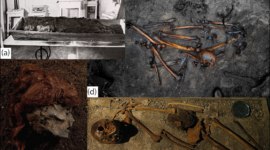In a doctoral thesis successfully defended at Tallinn University (TLÜ), Dr Maarja Merivoo-Parro examined what Estonian life was like in the Cold War-era United States and how this manifested in humor, music, education, recreation and academic mobility.
Following the abolishment of serfdom, Estonians have been involved in a number of significant waves of migration, both voluntary and involuntary. It is due to this migration that Estonians have a worldwide diaspora, complete with its own unique cultural landscape.
The greatest number of Estonians migrated during the World War II era, whether to go fight on the front, as deportees to Siberia or as refugees to the West. In her doctoral thesis, Dr Merivoo-Parro examined how the Estonian culture and national identity accompanied this migration.
In conducting her research, Dr Merivoo-Parro utilised both archival sources as well as the oral history method to interpret Estonians’ activities in the broader context of American diaspora society in order to establish a dialogue with the experiences of diaspora Balts and other ethnicities as well as address the topic more broadly.
A significant number of people central to her thesis spent part or the entirety of their childhoods and formative years in exile, and thus belong to the second generation of the refugee population. Unlike those who left Estonia as adults, they had no personal memories of Estonia, meaning that the homeland, for them, was first and foremost an image.
In order to help diaspora Estonian youth develop an understanding of the sustainability of their community, youth work was undertaken both formally and informally. A multitude of activities were organised, using social and economic capital to establish a seemingly endless cycle of national awakenings to continue to be played by future generations.
Us and “the others” in the diaspora community
Over time, high ethnic awareness and a national consciousness became the standard, and patriotism in exile transformed into something resembling a secular religion, turning Estonian Houses into temples of sorts for the community, Dr Merivoo-Parro wrote in her thesis.
Those who did not go along with this consensus ended up alienated and “othered.” As these individuals had an equal claim to the Estonian identity, they exercised their right of ethnic self-determination by “othering” the mainstream diaspora community in turn.
Considering the education of diaspora Estonians and the results thereof, it becomes apparent that there is no one clear recipe for ensuring posterity, but for both the establishment and non-establishment communities, the home was the heart of ethnicity maintenance. The establishment also organised a number of communal enterprises dedicated to fostering the Estonian identity, including supplementary schools, scouts and guides, the Estonian World Festival series known as ESTO, as well as other large-scale events.
For many Estonian-American youth, these were not the only channels through which they were exposed to an impetus to seek and find their roots; their public school experience was likewise influenced by changes in society that encouraged a more varied ethnic consciousness across the board, in contrast to the “melting pot” image of American society. These changes influenced everything from the education system to the government, and the Congress passed the Ethnic Heritage Studies Act in the early 1970s.
The US was not the only country to take in Estonians who fled their homeland following World War II, Dr Merivoo-Parro noted. Significant diaspora communities also developed in Sweden, Canada and the UK, for example, each with its own unique set of views, traumas and aspirations.
Maarja Merivoo-Parro’s doctoral thesis, titled “Pursuing Estonianness in Cold War U.S.A.: Education, Recreation, Humor and Overlapping Diasporic Conditions,” was supervised by Aivar Jürgenson, PhD, senior researcher at Tallinn University and Karsten Brüggemann, PhD, professor at Tallinn University. Her opponents were Kaja Kumer-Haukanõmm, PhD, and Guntis Šmidchens, PhD, professor at the University of Washington.
Click here to read the thesis (in English) in full.
This article was originally posted in ERR News.
 Back
Back



